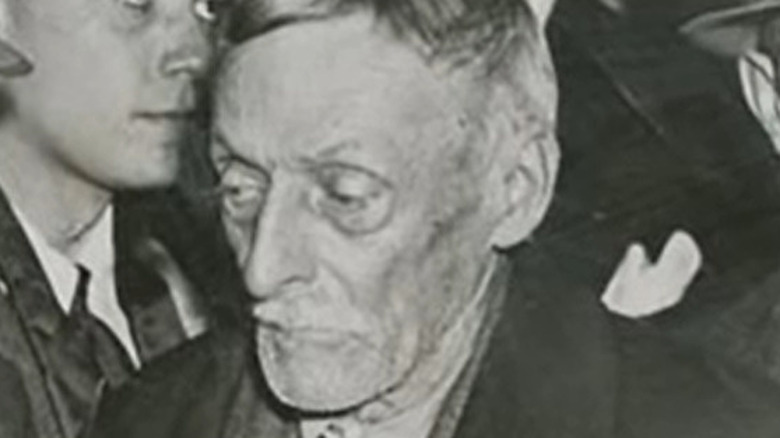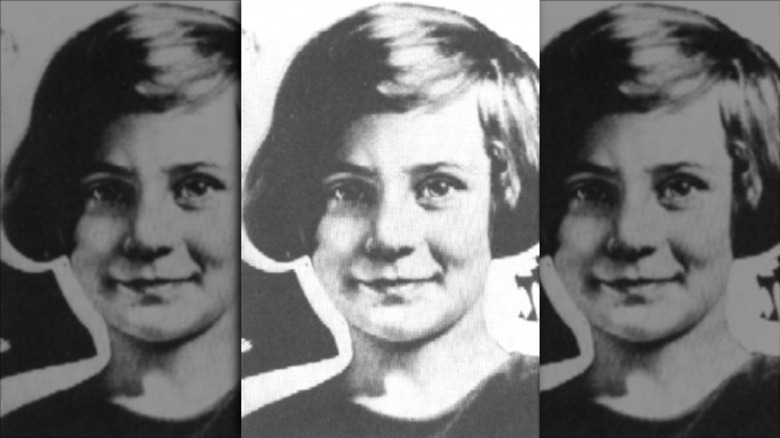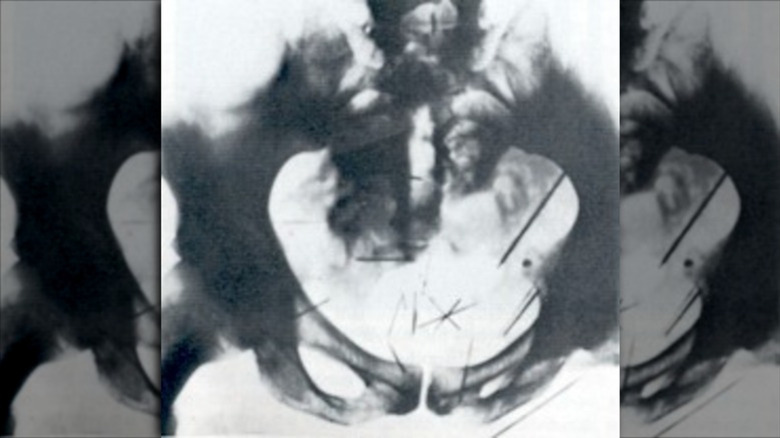Albert Fish: Where Is The Serial Killer Buried?
Albert Fish, also known as the Gray Man or the Brooklyn Vampire, was responsible for countless horrific crimes throughout his lifetime. Afflicted with a collection of disturbing sexual perversions, Fish went to great lengths to fulfill his desires, which included self-mutilation, molestation, torture, murder, and even cannibalism.
According to Murderpedia, Fish was born in Washington D.C. but moved to New York City at the age of 20, where he became a male sex worker. He married Anna Mary Hoffman in an arranged marriage in 1898, but while that did not stop his sexual affairs with other men, the union did produce six children. Fish also continued to molest young children, later saying that he "had children in every state," although prosecutors were never able to determine if he meant molestation or murder. Although he was suspected of many more crimes, authorities were able to conclusively tie Fish to only three murders, that of 8-year-old Francis McDonnell, 4-year-old Billy Gaffney, and 10-year-old Grace Budd.
In May of 1928, Fish responded to an ad Grace's older brother, Edward, had placed in the paper looking for work. Although he had originally planned to murder Edward, Fish changed his plans when he encountered Grace. He convinced Grace's parents to allow her to accompany him to his niece's birthday party but instead took her to an abandoned house on Mountain Road in East Irvington, Westchester County, where he murdered and ate her, per news.com.au.
Fish was apprehended after sending a taunting letter to the Budd family
Almost seven years after Grace's disappearance, Fish sent a taunting letter to the Budd family, saying that he had "choked her to death, then cut her in small pieces so I could take my meat to my rooms. Cook and eat it...It took me nine days to eat her entire body," via Murderpedia. The letter caught the attention of authorities, because the envelope was embossed with an emblem reading "N.Y.P.C.B.A." and acronym that stood for "New York Private Chauffeur's Benevolent Association." Police were able to trace the stationary back to a rooming house Fish had rented on East 52nd Street, where they apprehended the murderer after a brief struggle.
Once caught, Fish did not deny Grace's murder. He confessed to a host sexual fetishes, including self-mutilation, which prison physicians confirmed when they found 29 rusty needles still embedded inside his groin, according to Prairie Ghosts. One of the lead physicians, Dr. Frederic Wertham, stated after his examination of Fish "I believe to the best of my knowledge that he has raped one hundred children, at least," and, when interviewed on the stand, simply stated: "He is insane."
Fish in buried in an unmarked grave at Sing Sing Prison cemetery
In March of 1935, the judge declared Fish both sane and guilty, and sentenced him to death by electric chair for his horrific crimes. Leading up to his death, reports described Fish as almost giddy at the thought of being electrocuted. He told reporters "it will be the only thrill I have not tried," and called it "the supreme thrill of my life," via Prairie Ghosts. Just past midnight on January 16, 1939, and after famous last words, Fish got his final thrill. However, likely because of all the rusted metal needles in his body, the electrocution did not go as smoothly as planned. The first jolt of electricity, over 3,000 volts, sent up a ring of blue smoke but didn't kill him. A second, longer, and more powerful jolt was needed before Fish was finally pronounced dead.
His final resting place is inside the gates of Sing Sing Prison in Ossining, New York, where he spent the last year of his life. His remains are buried at Sing Sing Prison Cemetery in an unmarked grave, according to Murderpedia.


